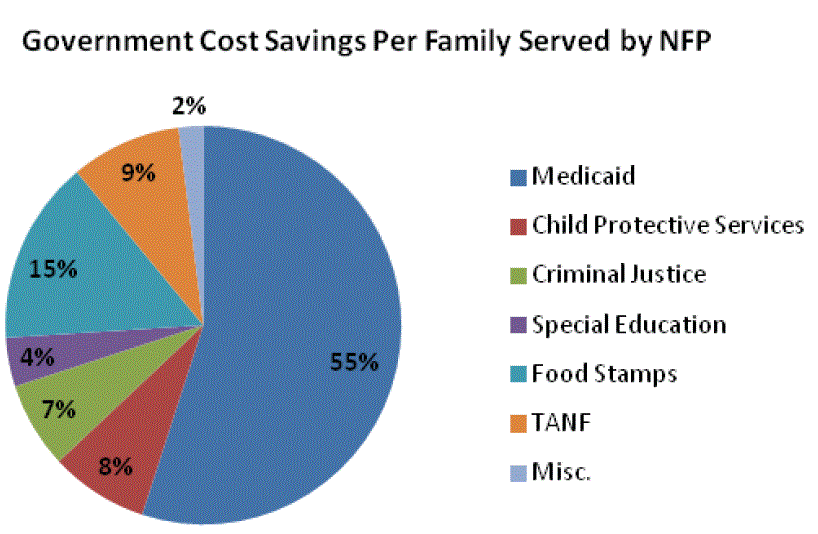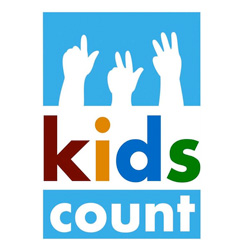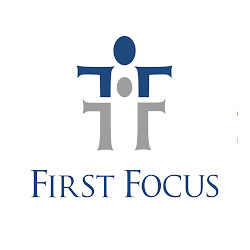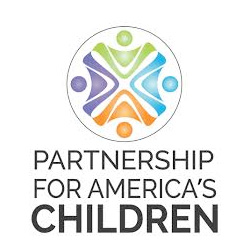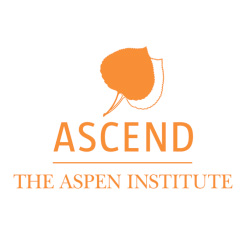Issues
State Policy
The Earned Income Tax Credit is a federal tax credit for low- and moderate income families that encourages and rewards work. The credit was created in 1975 under President Ford. Because of its remarkable ability to reduce poverty and promote family health and self-sufficiency, it has been expanded since then by President Reagan and all subsequent presidents.
 For parents, the EITC’s empirically demonstrated effects include:
For parents, the EITC’s empirically demonstrated effects include:State EITCs Offset Regressive Effects of Income, Sales and Property Taxes
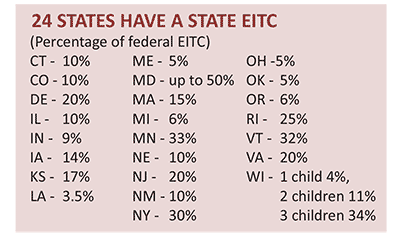 Twenty-four states have created state EITCs to supplement and enhance the impact of the federal program. State EITCs work similarly to and leverage the federal EITC. States rely
Twenty-four states have created state EITCs to supplement and enhance the impact of the federal program. State EITCs work similarly to and leverage the federal EITC. States relyAn Innovative Proposal: Using a State EITC to Promote College Savings and Incent Post-Secondary Education in Utah
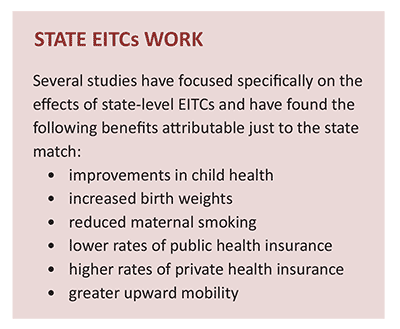 An innovative proposal under discussion for Utah combines two key elements proven to reduce intergenerational poverty:
An innovative proposal under discussion for Utah combines two key elements proven to reduce intergenerational poverty:
The EITC Has Bipartisan Support
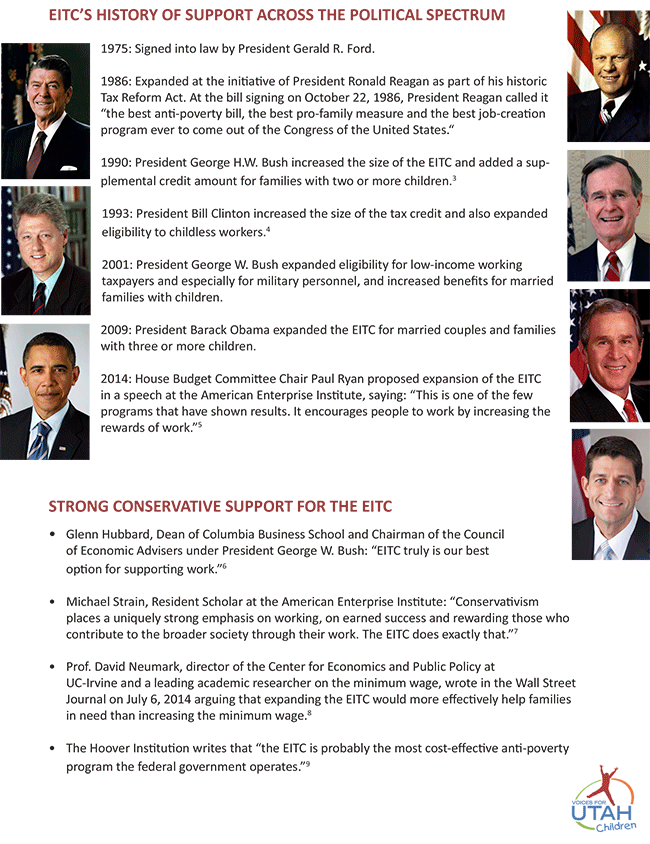
Federal EITC Facts for Utah
Read other issues briefs about two-generation strategies here.
Voices for Utah Children is proud to be a part of the Aspen Institute Ascend Network. The goal of the Aspen Institute Ascend Network is to mobilize empowered two-generation organizations and leaders to influence policy and practice changes that increase economic security, educational success, social capital, and health and well-being for children, parents, and their families. Learn more at http:/ /ascend.aspeninstitute.org/network
For 30 years now, Voices for Utah Children has called on our state, federal and local leaders to put children’s needs first. But the work is not done. The children of 30 years ago now have children of their own. Too many of these children are growing up in poverty, without access to healthcare or quality educational opportunities.
How can you be involved?
Make a tax-deductible donation to Voices for Utah Children—or join our Network with a monthly donation of $20 or more. Network membership includes complimentary admission to Network events with food, socializing, and opportunity to meet child advocacy experts. And don't forget to join our listserv to stay informed!
We look forward to the future of Voices for Utah Children and we hope you will be a part of our next 30 years.
Special thanks to American Express for sponsoring our 30th Anniversary Year. 
The 2015 Children's Budget Report: Adding Up Our Commitment to Kids
Why a “Children’s Budget”?
Children, it is often said, are Utah’s most precious resource. They represent the workforce, consumers, and leaders of tomorrow. For that reason, the investments we make in our children today have enormous economic and social implications for Utah’s future. That is why our federal, state, and local units of government pool taxpayers’ resources to establish an education system, provide for the health and other basic needs of our most vulnerable children, and intervene in children’s lives when their safety is at risk.
This report, Children’s Budget 2015, examines public investment in children from FY2008 through FY2014. It is an update of earlier reports by Voices for Utah Children published in 2009 and 2011. This report does not assess the effectiveness of these programs or gaps in services. Rather, it objectively quantifies the level of public funding for children in Utah and identifies trends over the seven-year period.
There is a strong case to be made that no one cares more about kids than Utahns. Utah has the highest fertility rate in the country and the most children as a percentage of its population, 31% vs. 24% for the nation . Utah saw the second fastest growth rate in its child population of any state from 2000 to 2010 , second only to Nevada (which grows mostly by in-migration rather than through births). Given the high priority Utahns place on children, understanding how much is spent on children by the state and for what purposes is critically important for policymakers and the general public.
Information on funding for children is important for several reasons. It can:
1. Assist policymakers in assessing whether their funding decisions reflect, in the aggregate, their priorities with respect to children.
2. Illustrate how specific programs compare with spending on children overall.
3. Aid policymakers in examining how much is spent on children for specific purposes (i.e. for early education or child welfare) or how funding for children compares to total state and federal spending in the state.
Examining how much Utah invests in children can help the state evaluate how efficiently it is enhancing the potential of our future workforce and maximizing our investment in human capital and economic development. Public investment in children in Utah should be understood as an important component of our economic development strategy that impacts the state as a whole, both in the present and the future.
In this report, Voices for Utah Children divides all state programs concerning children into seven categories, without regard to their location within the structure of state government. The seven categories are as follows, in descending order by dollar value (based on the sums of both state and federal funds):
• Education, which makes up 90% of the state-funded portion of the Children’s Budget and 77% overall counting both state and federal funds
• Health
• Food and Nutrition
• Early Childhood Education
• Child Welfare
• Juvenile Justice
• Income Support
We then add up the expenditures in each of these areas, separating state from federal dollars, and we compare the figures over time from FY2008, the last year before the state budget began to be affected by the Great Recession, through FY2014, the most recent year for which final expenditure data was available.
Our most important finding is the following:
While the state economy has recovered from the Great Recession in a number of respects, state investment in children has not. Specifically, real (inflation-adjusted) state investment in children in FY2014 remained 6% below what it had been in FY2008, at $5,424 per child in FY2014, compared to $5,746 in FY2008.
Making up that $322 per-child gap between the FY2008 level of public investment in children and the level in FY2014 would have required an additional state expenditure in FY2014 of approximately $293 million.
This finding that state government investment in children has not yet recovered from the recession is not the only example of how Utah still remains below its pre-recession performance, even five years after the recession ended. For example, real median wages also remain below pre-recession levels and poverty rates have remained elevated well above where they were at the same point in previous economic expansions.
For more information, see the complete report:
Utah Children's Budget Report 2015
For 30 years now, Voices for Utah Children has called on our state, federal and local leaders to put children’s needs first. But the work is not done. The children of 30 years ago now have children of their own. Too many of these children are growing up in poverty, without access to healthcare or quality educational opportunities. How can you be involved?
- Celebrate the 30th Anniversary of Voices for Utah Children with us at our Children’s Champion Award Luncheon on September 30, 2015.
- Make a tax-deductible donation to Voices for Utah Children—or join our Network with a monthly donation of $20 or more. Network membership includes complimentary admission to the luncheon.
We look forward to the future of Voices for Utah Children and we hope you will be a part of our next 30 years.
Special thanks to American Express for sponsoring our 30th Anniversary Year. 
A Comparison of Utah’s Hispanic and Non-Hispanic White Children and Families
A Federal Balanced Budget Amendment Would Result in Funding Cuts for Children's Programs
 HJR7 is a resolution under consideration by the Utah Legislature that would call for a federal Constitutional Convention to consider a balanced budget amendment. It may sound like it's simply sending a message about Utah's support for dealing with the federal debt, but in fact it goes quite a bit further than that. By calling for an unprecedented Article V constitutional convention, HJR7 would make Utah the 26th state of the 34 required to convene a federal constitutional convention, which could end up passing far-reaching changes to the U.S. Constitution on any number of issues. Moreover, a federal balanced budget amendment would likely lead to sudden severe cuts in federal, state, and local budgets, inevitably affecting children first and foremost, particularly lower-income children.
HJR7 is a resolution under consideration by the Utah Legislature that would call for a federal Constitutional Convention to consider a balanced budget amendment. It may sound like it's simply sending a message about Utah's support for dealing with the federal debt, but in fact it goes quite a bit further than that. By calling for an unprecedented Article V constitutional convention, HJR7 would make Utah the 26th state of the 34 required to convene a federal constitutional convention, which could end up passing far-reaching changes to the U.S. Constitution on any number of issues. Moreover, a federal balanced budget amendment would likely lead to sudden severe cuts in federal, state, and local budgets, inevitably affecting children first and foremost, particularly lower-income children.
More Information
What’s Wrong with Calling for a Constitutional Convention to Enact a Balanced Budget Amendment?
Contact Lawmakers
Nurse Family Partnership
Nurse Family Partnership (NFP) is a voluntary evidenced-based community health program that provides ongoing home visits (from pregnancy through age 2 of the child) from a registered nurse to low-income, first time mothers to provide the care and support they need to have a healthy pregnancy, be a responsible and caring parent, and to become more economically self-sufficient. A nurse visits the women approximately weekly and bi-monthly during their pregnancy and after birth, and then monthly visits during the first two years of their children’s lives. The program is a two-generation intervention and improves outcomes for both the mother and the child. NFP produces very strong outcomes for very high risk, low-income populations.
Economic analyses performed by the Washington State Institute for Public Policy, the Brookings Institute and the Rand Corporation determined that NFP provides a return on investment for taxpayers of $2.37 to $5.70 (high-risk population) per $1 invested in the program.
Download the printer-friendly report:
Nurse Family Partnership
Proven Outcomes
National outcomes associated with NFP, verified through independently evaluated randomized controlled trials, include long term family improvements in health, child welfare, education and self-sufficiency. When brought to scale, NFP can achieve:
• 23% reduction in smoking during pregnancy
• 26% reduction in pregnancy-induced hypertension
• 18% reduction in first pre-term births
• 58% reduction in infant deaths
• 30% reduction in second teen births
• 37% reduction in childhood injuries treated in emergency departments up to age 2
• 30% reduction in child maltreatment
• 38% reduction in language delay of the child by age 2
• 45% reduction in crimes and arrests, ages 11-17
• 51% reduction in alcohol, tobacco and marijuana use, ages 12-15
• 15% reduction in TANF and Food Stamp payments
• 9% reduction in Medicaid costs through age 1
Locally, Salt Lake County has a small NFP program. In 2012, 10.68% of the comparable Medicaid clients had a preterm delivery, compared to 7.5% of NFP clients, a reduction in incidence of 30%. Preterm babies require expensive medical services and a 30% reduction in incidence results in significant cost savings to Medicaid. In addition, the following outcomes for the mother have been documented in Salt Lake County:
• 52.5% increase in employment of clients younger than 18 after starting the program
• 18.9% increase in employment of clients 18 and older after starting the program
• 40% decrease in maternal smoking
• 50% reduction in reported incidence of domestic violence during pregnancy
Government Cost Savings and Avoidance
The outcomes listed above produce significant cost savings in Medicaid, Criminal Justice, Child Welfare, Food Stamps and TANF. Based on national data, Medicaid is the largest recipient of cost savings per family served (55% of cost savings accrue to Medicaid).
Nurse Family Partnership in Utah
The Office of Home Visiting in the Utah Department of Health received $1,097,713 in federal funding through the Maternal, Infant and Early Childhood Home Visiting (MIECHV) Program for Fiscal Year 2013. Of that, $300,000 was allocated to Nurse Family Partnership to serve 75 families in Salt Lake County (the remaining $700,000 was allocated to Parents as Teachers (PAT) - a home-visiting school readiness program). The average cost per family per year for NFP is $4,000. In 2012 (the most recent data available), 4,867 mothers were eligible for NFP statewide. Based on this, an investment of $19,468,000 would be necessary to serve all eligible families.
Recommendation
Voices for Utah Children recommends an ongoing state appropriation of $2,000,000 per year for Nurse Family Partnership, to serve 500 high risk, low-income first time mother statewide. To date, 21 states have appropriated state funds for NFP and/or home visitation.
More Information
